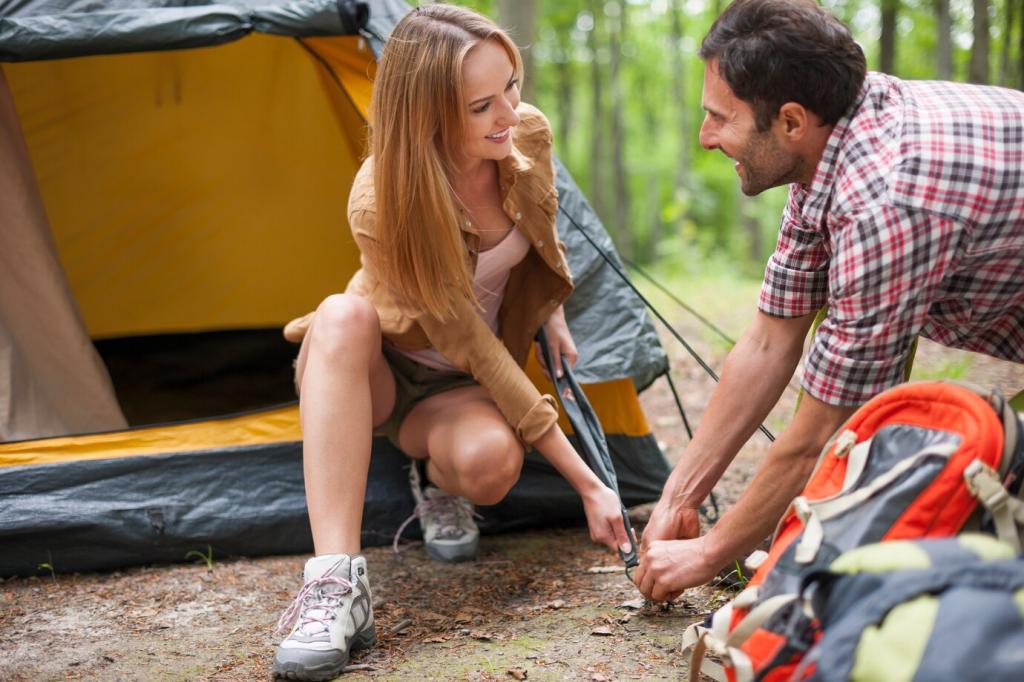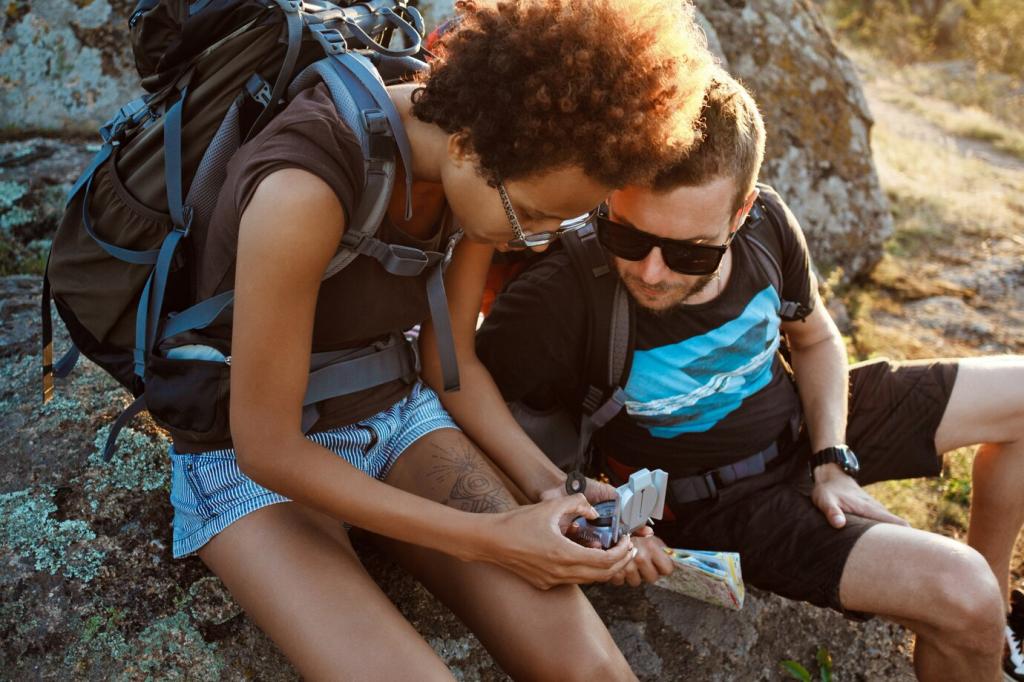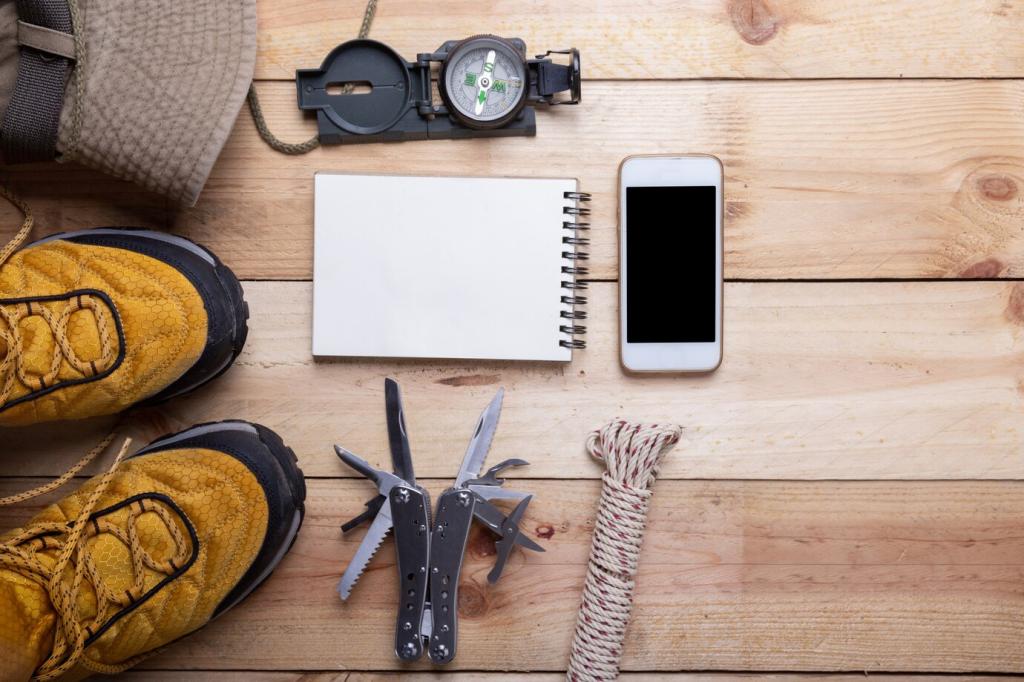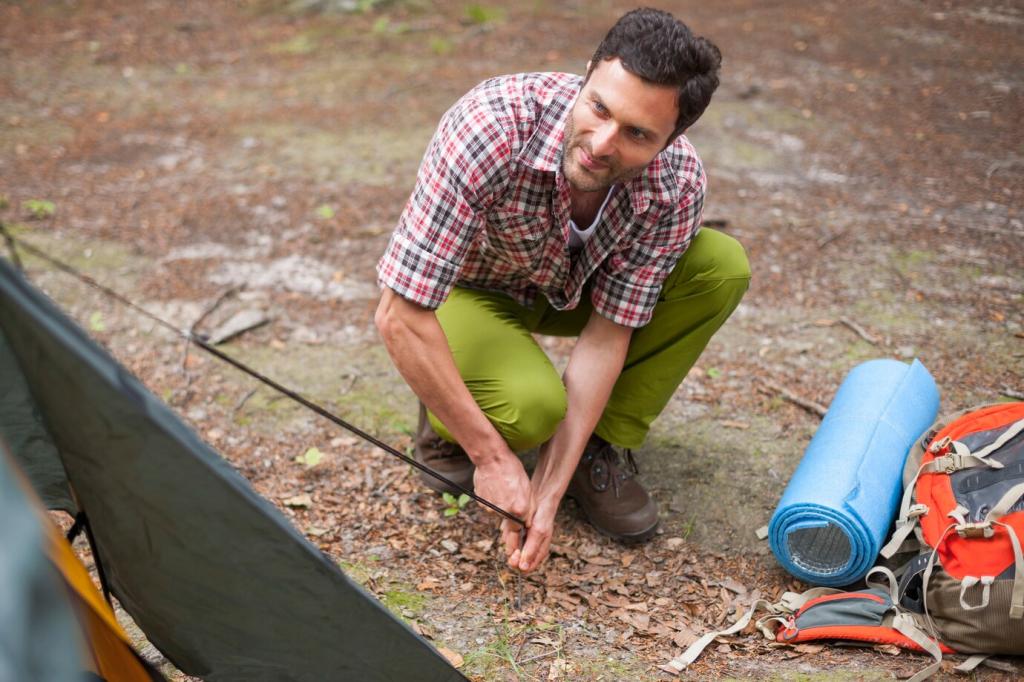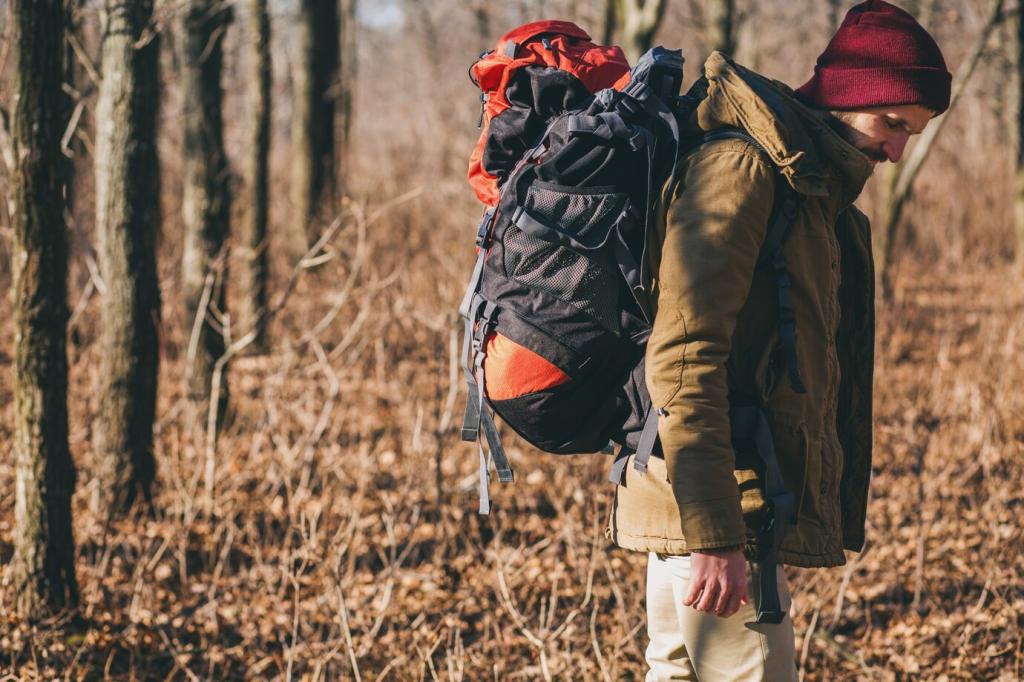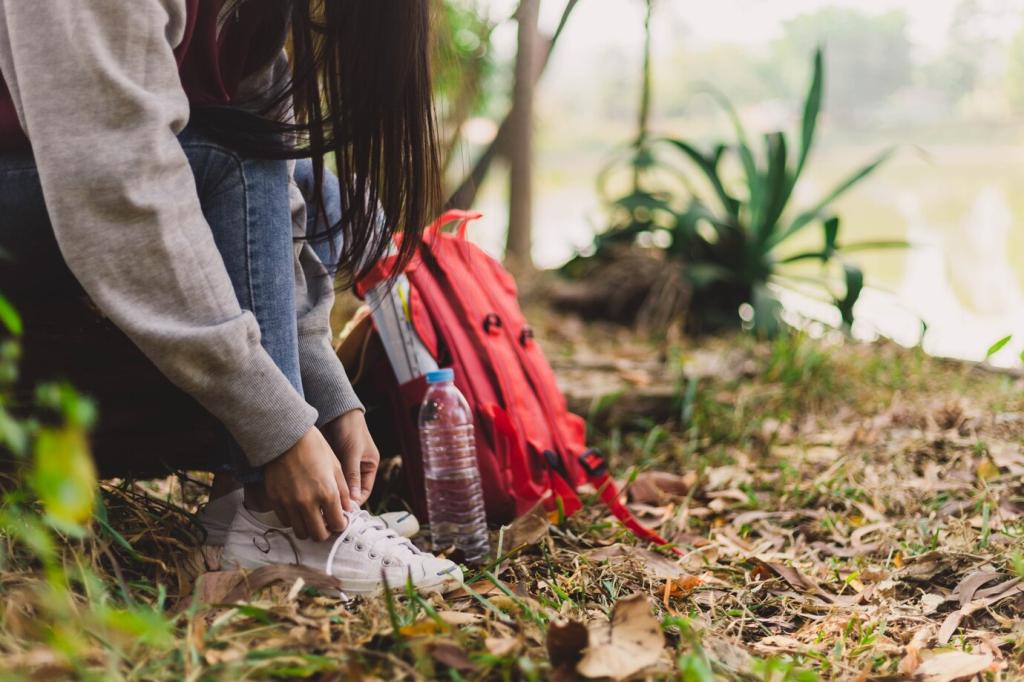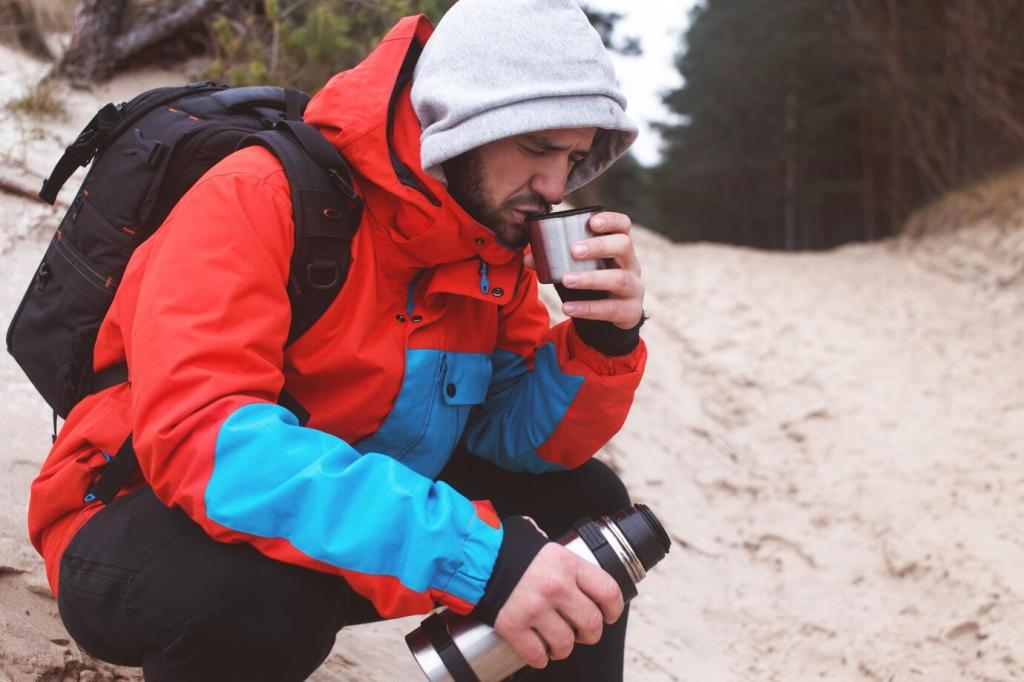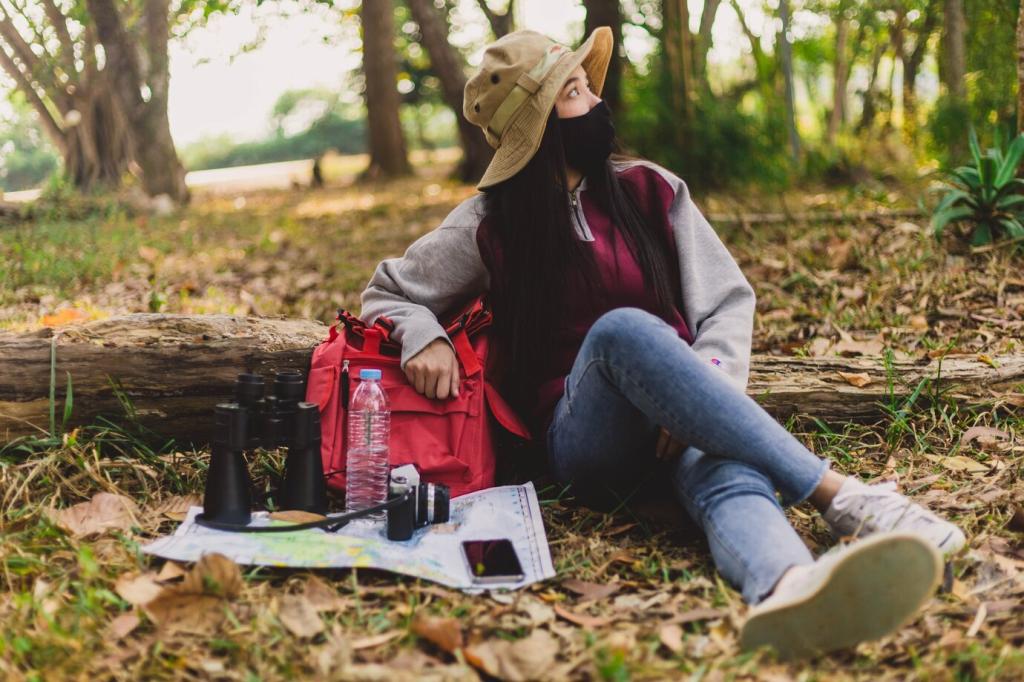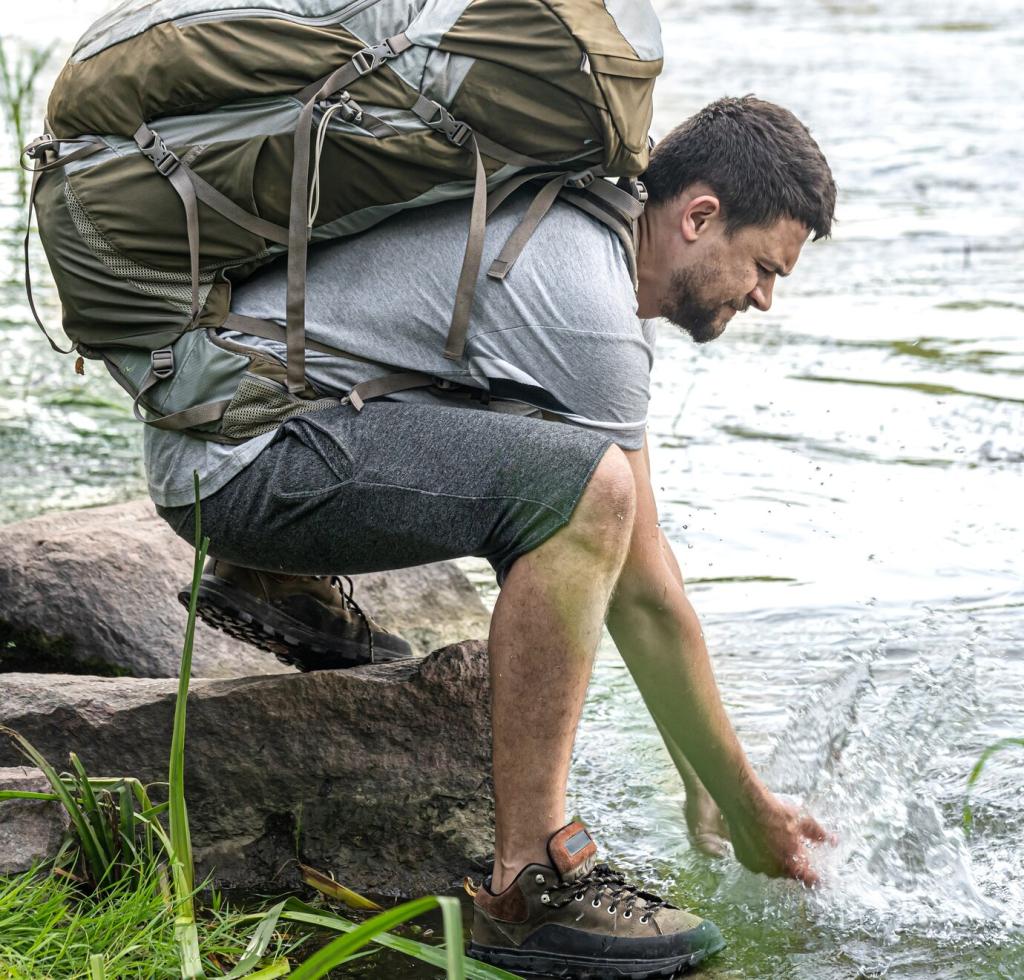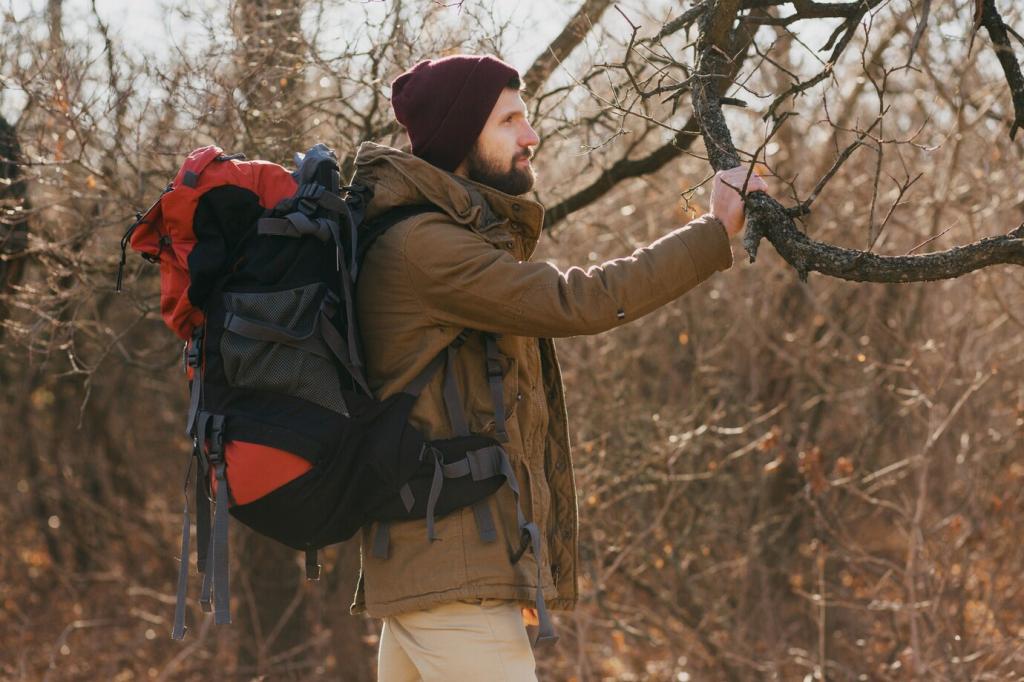Leave No Trace in High Places
Research seasonal closures for wildlife, check trail quotas, and choose less crowded routes to spread impact. Build backup plans, rightsize group size, and pack layers, maps, and repair kits so emergencies do not push you into poor environmental decisions.
Leave No Trace in High Places
Follow established trails and switchbacks, even when shortcuts tempt tired legs. Alpine tundra plants grow slowly, so step on rock, gravel, or snow where possible. Place tents on hard surfaces, not meadows bursting with delicate, short-lived blossoms.

